Rescue operations consist of searching for and removing trapped occupants of hazardous conditions. Animals may also be recovered, if resources and conditions permit. Generally triage and first aid are performed outside, as removal from the hazardous atmosphere is the primary goal in preserving life. Search patterns include movement against room walls (to prevent rescuers from becoming lost or disoriented) and methodical searches of specific areas by designated teams. Unlike a fire control team, a rescue team typically moves faster, but has no hose to follow out to safety through the smoky darkness. A rescue rope may be needed for tethering a team involved in exceptionally dangerous conditions.
Incident commanders also arrange for standby search and rescue teams to assist if firefighters become lost, trapped, or injured. Such teams are commonly, and often interchangeably, known as Rapid Intervention Teams (RIT), or Firefighter Assist and Search Teams (FAST). According to "two-in, two-out", the only time it is permissible for a team of firefighters to enter a burning structure without backup in place outside is when they are operating in what is known as "Rescue Mode". Rescue Mode occurs when firefighters have arrived at the scene, and it is readily apparent that there are occupants trapped inside who need immediate rescue. At such a time, properly equipped firefighters (exercising good judgment tempered by training and experience) may enter the structure and proceed directly to victims in need of rescue, RIT will then be put in place when resources permit.
Searches for trapped victims are exhaustively detailed, often including searches of cupboards, closets, and under beds. The search is divided into two stages, the primary and secondary. The primary search is conducted quickly and thoroughly, typically beginning in the area closest to the fire as it is subjected to the highest risk of exposure. The secondary search only begins once the fire is under control, and is always (resources and personnel permitting) performed by a different team from that which did the primary search.
Rescue operations may also involve the extrication of victims of motor vehicle crashes (abbreviated MVC). Firefighters use spreaders, cutters, and hydraulic rams, collectively called hydraulic rescue tools -- known better to the public as Jaws of Life -- to remove metal from the patient, followed by actually removing the patient, usually on a backboard with collar, and transferring to a waiting ambulance crew in the cold zone. More technical forms of rescue include subsets such as rope rescue, swiftwater rescue, confined space rescue, and trench rescue. These types of rescue are often extremely hazardous and physically demanding. They also require extensive technical training. NFPA regulation 1006 and 1670 state that a "rescuer" must have medical training to perform any technical rescue operation. Accordingly, firefighters involved in rescue operations have some kind of medical training as first responders, emergency medical technicians, paramedics or nurses.
Next up: Communication and Command structure
wikipedia.org
Thursday, August 9, 2007
Subscribe to:
Post Comments (Atom)


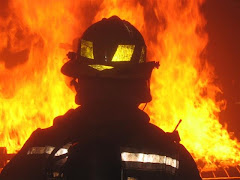
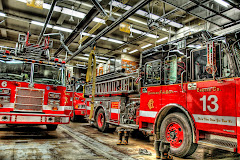



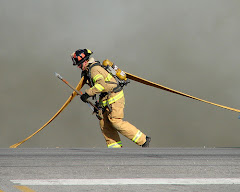
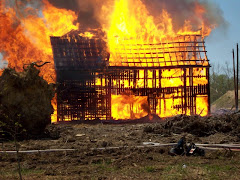
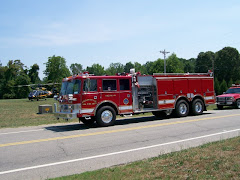
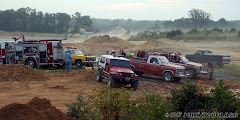

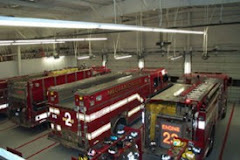
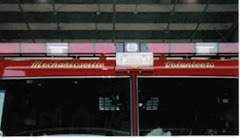

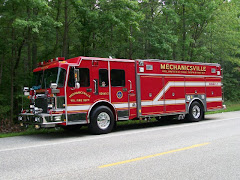
No comments:
Post a Comment